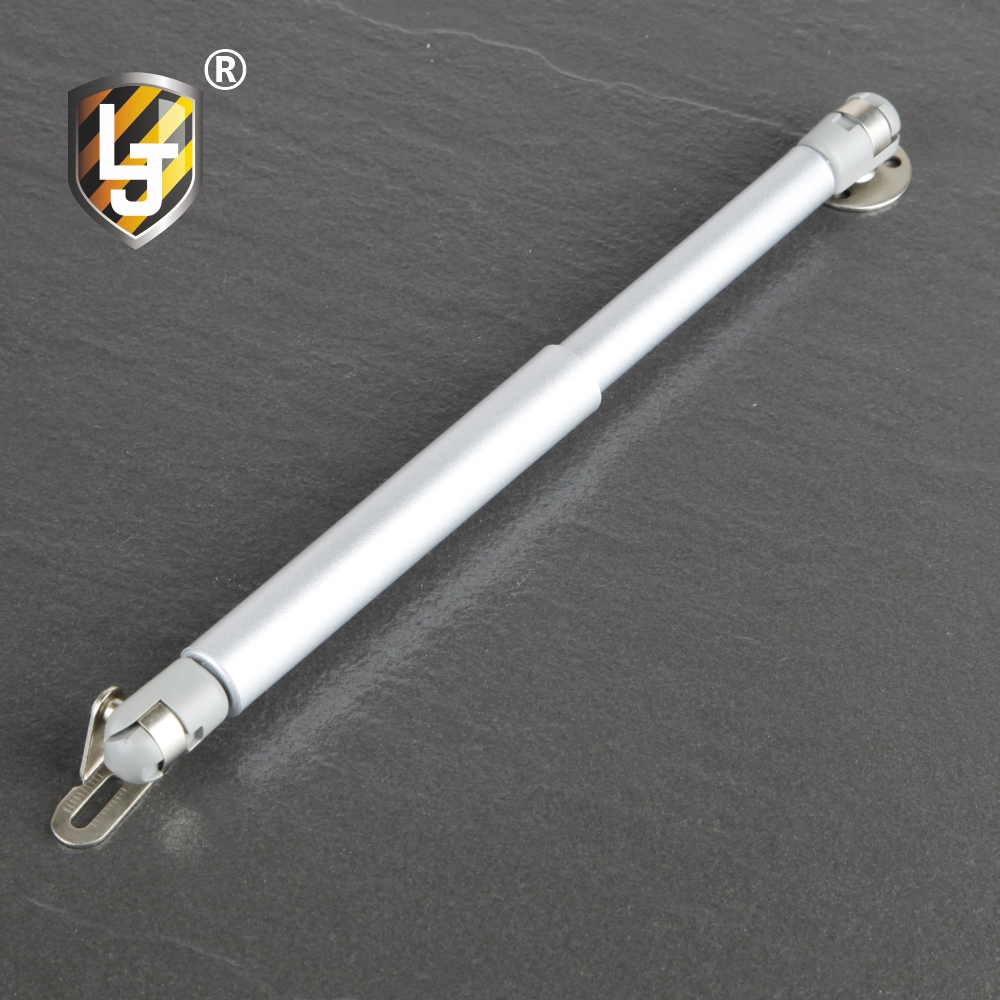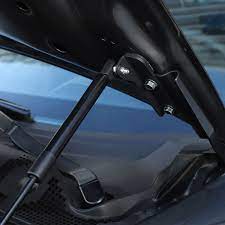Gas Spring Shocks for Heavy-Duty Applications
Gas spring shocks, also known as gas shocks or gas-filled shock absorbers, are suspension components commonly used in automotive applications. They are designed to provide damping and support, improving the overall ride quality and handling of vehicles. Here are some key points about gas spring shocks.
1. Working Principle: Gas spring shocks combine the features of a gas spring and a shock absorber. They consist of a cylinder filled with a combination of compressed gas (usually nitrogen) and hydraulic fluid. Inside the cylinder, there is a piston rod attached to a piston. When the vehicle encounters bumps or road irregularities, the gas spring shock compresses or extends, allowing the piston to move within the cylinder.

2. Damping Characteristics: Gas spring shocks provide damping, which is the controlled resistance to the motion of the suspension. The combination of compressed gas and hydraulic fluid allows gas spring shocks to offer a consistent and controlled damping effect. This helps in reducing vibrations, oscillations, and excessive bouncing of the vehicle, resulting in improved stability and comfort.
3. Adjustable Damping: Some gas spring shocks offer adjustable damping capabilities. This means that the damping characteristics can be modified to suit different driving conditions or preferences. By adjusting the valves or settings on the shock absorber, the damping force can be increased or decreased, allowing for a more personalized driving experience.
4. Benefits: Gas spring shocks offer several benefits for vehicle suspension systems, including:
- Improved Ride Comfort: Gas spring shocks absorb and dissipate energy from road impacts, resulting in a smoother ride and reduced body roll.
- Enhanced Handling and Stability: Gas spring shocks help maintain tire contact with the road surface, improving traction, cornering, and overall vehicle stability.
- Reduced Wear and Tear: By reducing excessive bouncing and vibrations, gas spring shocks help minimize the wear and tear on other suspension components, such as tires, springs, and control arms.
- Quick Response: Gas spring shocks respond quickly to changing road conditions, providing immediate feedback to the driver and maintaining vehicle control.
Gas spring shocks are widely used in various automotive applications, including passenger cars, trucks, SUVs, and motorcycles. They can be found in the front and rear suspension systems, contributing to the overall performance and comfort of the vehicle.

It is important to note that gas spring shocks, like any other suspension component, require periodic inspection and maintenance to ensure optimal performance and longevity. Regular checks for leaks, wear, and proper functioning are essential to maintain the effectiveness of gas spring shocks.
